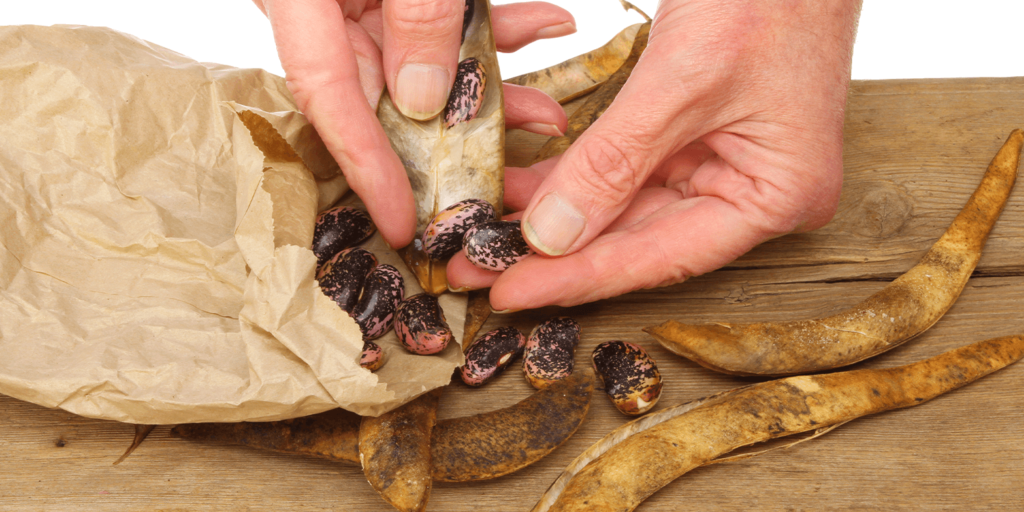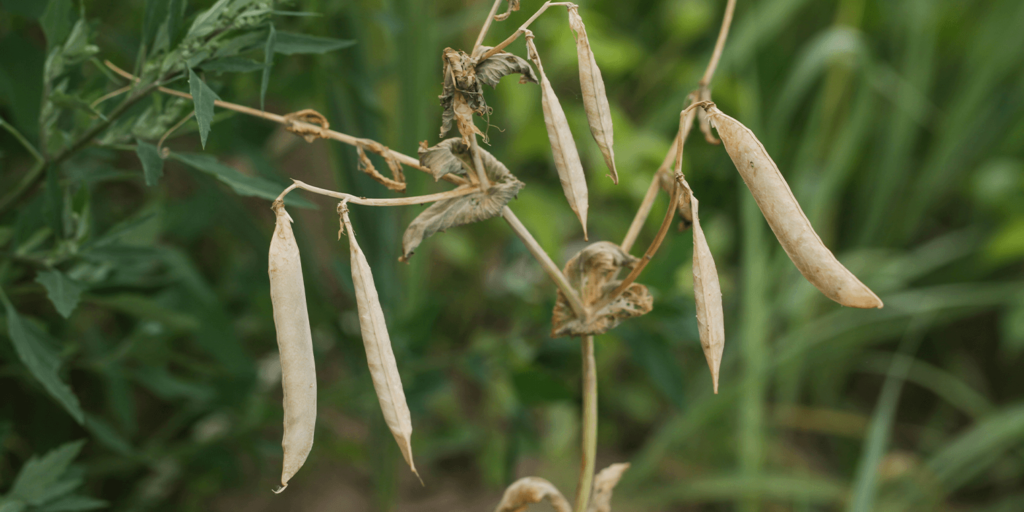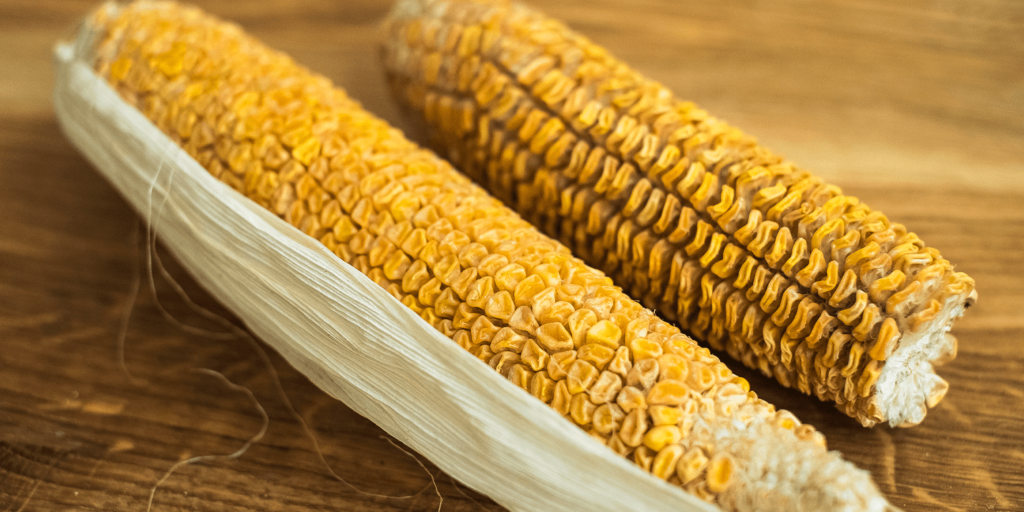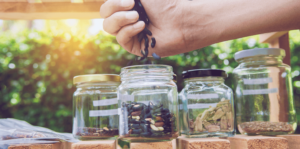So many of your garden vegetables will produce hundreds of viable seeds that you can save for planting the following year, but you need to learn how to do it properly. A few missteps and you could end up with a bunch of seeds that don’t want to sprout. Here’s how to save seeds for planting like a pro!
Learning how to save seeds makes garden planting even more rewarding!
For thousands of years, people have practiced harvesting food, collecting the seeds, and saving them for future use. It’s easy to go to the garden center to pick up new starter plants and seeds—and at a low cost! But some avid gardeners may love the sense of satisfaction that seed saving brings. It can be very empowering! To save seeds, follow this guide, so you don’t end up wasting time and energy on non-viable seeds.

Things To Know Before You Start Saving Seeds
- Don’t save seeds from hybrid varieties; stick to planting heirloom varieties and the standard classics—you’d be amazed at how much more reliable they are! If you want to grow a hybrid planting, purchase seeds or starters from our garden center in Fort Lauderdale.
- Some veggies are biennials, meaning they won’t produce seeds the first year you plant them. Instead, they go to seed every second year. Examples of biennial vegetables include celery, cabbage, swiss chard, beets, and carrots.
- For most vegetables, you can’t save seeds and harvest produce from the same single plant. However, one plant will provide you with hundreds of seeds. So, you can reserve one single plant for seed saving and the rest for food. Tomatoes, cucumbers, and squash are the exceptions to the rule, but more on that later!

How To Save Seeds For Planting
To harvest seeds from veggie plants like beans, peas, onions, or lettuce, you must wait until the pods dry up and start to crack. Let corn dry on the stalk before you harvest it to save the seeds. After harvesting the seeds, you’ll need to let them dry for even longer to remove any moisture. Spread them out on a cookie sheet lined with newspaper, and in ten days, they’ll be sufficiently dry for storage. Bottle up the seeds in labelled containers, so you don’t get them mixed up, and store them in a cool, dry spot.
With tomatoes, cucumbers, and squash, including pumpkins, pick them when they’re most ripe, and collect the seeds from inside the plant. For squashes, scoop out all the seeds, rinse them off, and then dry them out. For tomatoes and cucumbers, scoop out the squishy middles full of seeds, put them in a jar, and allow them to ferment for a few days; then, rinse the flesh off and let them dry.

The Best Vegetables For Saving Seeds
Here are some of our favorite vegetables for seed saving so that you can enjoy them in your garden year after year. Their seeds tend to be larger, so they’re easier to pick!
- Brussels sprouts
- Cucumbers
- Tomatoes
- Spaghetti squash
- Pumpkins
- Chives
- Corn
- Green beans
- Onions
- Herbs like basil and parsley
There are also flowers you can collect seeds from for planting next year, like sunflowers, sweet peas, and poppies. For sunflowers, you may find that the birds eat them up before they all dry out, so it’s worth cutting off the flower head and letting it dry indoors away from the hungry wildlife.
If you have any more questions about how to save seeds for planting in Fort Lauderdale, visit Living Color Garden Center, and one of our team members will be happy to provide some guidance! This ancient tradition is so rewarding and well worth the effort!

